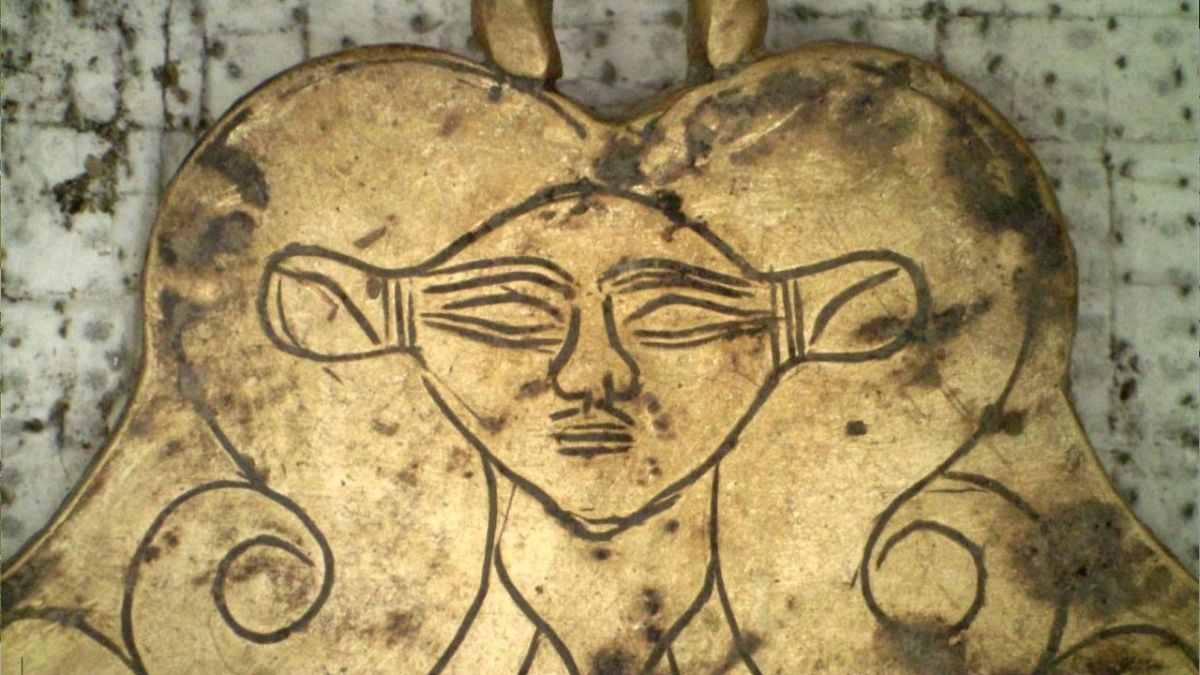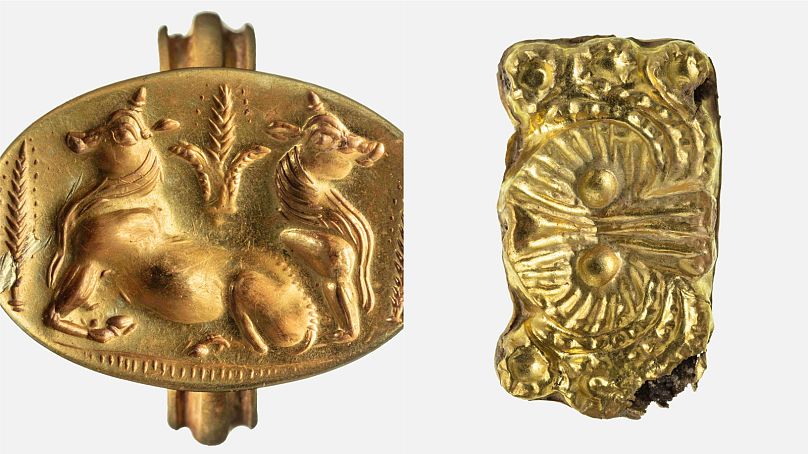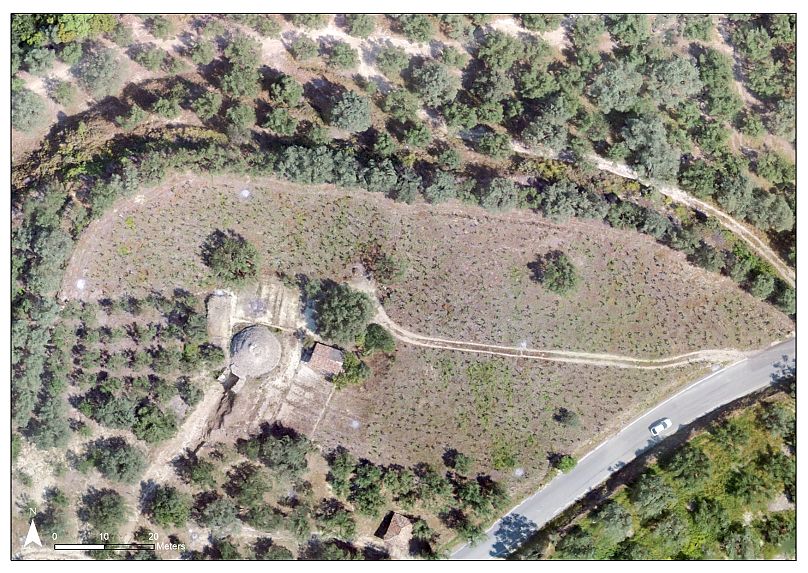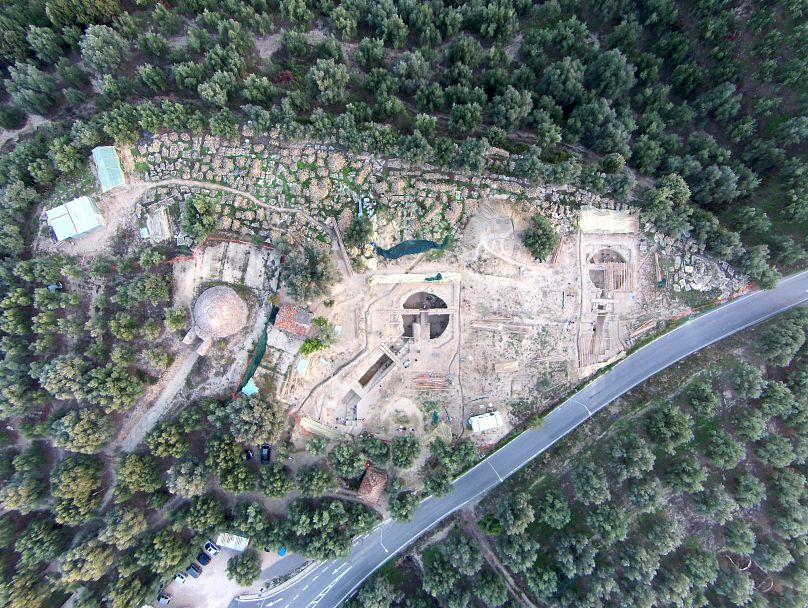Researchers think the priceless treasures found in the beehive-shaped tombs could help to unlock secrets about life in ancient Greece.
Archaeologists have discovered two beehive-shaped tombs containing ancient treasure troves which could help to unlock secrets about life in ancient Greece.
The Bronze Age tombs were found in Pylos in the south of the country, and contain engraved jewellery, cultural artefacts, and lots of gold.
Researchers from the University of Cincinnati made the discovery while searching the area near to the grave of the so-called Griffin Warrior, which was found in 2015.
It has taken archaeologists 18 months to excavate the two beehive-shaped tombs, which they said were littered with gold flakes which had decorated the walls. Among the treasures uncovered was a gold ring depicting two bulls flanked by sheaves of grain.
"It's an interesting scene of animal husbandry - cattle mixed with grain production. It's the foundation of agriculture," said Jack Davis, one of the researchers who made the find. "As far as we know, it's the only representation of grain in the art of Crete or Minoan civilisation."
They also found artworks of mythological creatures, such as the lion-like genii.
"Like with the Griffin Warrior grave, by the end of the first week we knew we had something that was really important," said Sharon Stocker, who supervised the excavation.
"It soon became clear to us that lightning had struck again," said Davis, head of UC's classics department.
The Griffin Warrior is named after the mythological creature engraved on an ivory plaque on his tomb, which contained priceless objects of art, armour and weaponry.
The newly discovered tombs also paint a picture of accumulated wealth and status, said Stocker.
"I think these are probably people who were very sophisticated for their time," she said. "They have come out of a place in history where there were few luxury items and imported goods. And all of a sudden at the time of the first tholos tombs, luxury items appear in Greece.
"You have this explosion of wealth. People are vying for power. It's the formative years that will give rise to the Classical Age of Greece."
The excavation was arduous, according to the team, with the tombs protected by 40,000 stones the size of watermelons, which had sat there for 3,500 years.
"It was like going back to the Mycenaean Period. They had placed them by hand in the walls of the tombs and we were taking them out by hand," Stocker said. "It was a lot of work."
"It has been 50 years since any substantial tombs of this sort have been found at any Bronze Age palatial site. That makes this extraordinary," Davis said.



